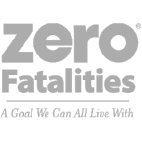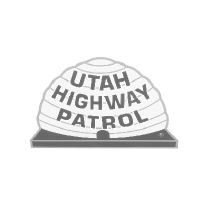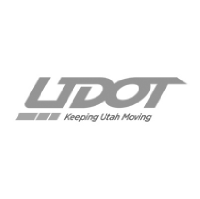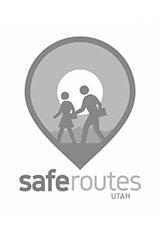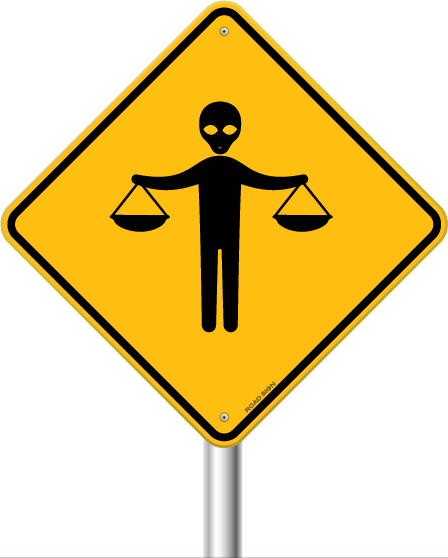

Laws for Pedestrians and Motorists
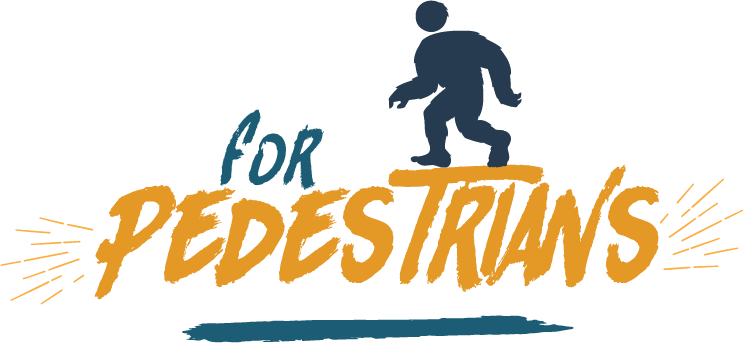
- A pedestrian is anyone traveling on foot or in a wheelchair. (41-6a-102).
- You are required to obey all traffic signs and signals that apply to pedestrians (41-6a-1002).
- You cannot create a hazard by abruptly entering the path of a vehicle (41-6a-1002).
- Jaywalking is defined as crossing at any point other than a marked crosswalk if you are between two adjacent intersections with traffic lights (41-6a-1003).
- When crossing outside a marked or unmarked crosswalk, you must yield to all vehicles on the roadway (41-6a-103).
- You cannot cross an intersection diagonally unless there is a specific signal for it (41-6a-1003).
- At crosswalk signals:
- – “Walk” or walking symbol – you may proceed (41-6a-306)
- – Flashing “Don’t Walk” or Stop Hand – you may not enter the crossing, however if you are already in the crosswalk, you must complete crossing (41-6a-306).
- – Solid “Don’t Walk” or Stop Hand – you may not enter the crosswalk (41-6a-306).
- You must yield to emergency vehicles that are using lights or sirens (41-6a-1004).
- You are required to obey all railroad crossing warnings and you may not go around lowered gates. You must not loiter on a railroad crossing (41-6a-1005).
- If you are visually impaired you must use extra caution at intersections and yield to emergency vehicles with sirens on (41-6a-1007).
- You are required to use the sidewalk if one is present. If no sidewalk is available you must walk on the shoulder as far from the roadway as possible. If there is no shoulder you must walk on the left, facing traffic (41-6a-1009).
- You may not impede or block traffic on an interstate, freeway, state highway or state route (41-6a-1009).
- If you are under the influence of alcohol or drugs you may only walk on a sidewalk or sidewalk area (41-6a-1009).
- You are prohibited from walking along the freeway except during an emergency (41-6a-1009).
- When posted, unmarked crosswalks may be designated as prohibited for use or require that you yield to all vehicles (41-6a-1010).

- Motorists may not operate a vehicle within 3 feet of a pedestrian (41-6a-706.5).
- Motorists may not attempt to distract a pedestrian for the purpose of causing injury or forcing them off the roadway (41-6a-706.5).
- At a stop or yield sign, motorists must also yield to pedestrians in adjacent crosswalks (41-6a-902) .
- Motorists must yield to pedestrians in a highway construction zone or maintenance area (41-6a-905).
- When exiting from a driveway or alley, motorists are required to stop before crossing the sidewalk or sidewalk area (41-6a-907).
- Motorists must yield to pedestrians in a crosswalk on the motorist’s half of the roadway or if the pedestrian is fast approaching from the opposite half (41-6a-1002). (Parallel bar crosswalk)
- The operator of a vehicle approaching a school crosswalk shall come to a complete
stop at the school crosswalk if the crosswalk is occupied by a person.
(Ladder bar crosswalk, 41-6a-1002) - Motorists cannot pass a vehicle that is stopped or yielding to a pedestrian in a crosswalk (41-6a-1002).
- Motorists are required to actively avoid colliding with pedestrians, use their horn if necessary, and use extra caution around children or persons who are confused, intoxicated or incapacitated (41-6a-1006).
- Motorists must yield to visually impaired persons who possess a white cane or are accompanied by a guide dog. Motorists are liable for loss or damage as a result of failure to yield (41-6a-1007).
- Motorists are required to yield to all pedestrians and other traffic on a sidewalk (41-6a-1008).
- Stopping, standing or parking vehicles on a sidewalk, safety zone, or crosswalk is prohibited. You may only stop a vehicle momentarily to pick up or drop off passengers within 20 feet of a crosswalk (41-6a-1401).
When must you yield to pedestrians?
No matter the number of lanes, vehicles need to yield for any person in the crosswalk on their half of the roadway. Take care as many times they are looking away for oncoming cars. (UCA 41-6a-1002)
Press the button
Did you know that pressing the crosswalk button gives you more time to safely cross?
Utah’s Heads Up program
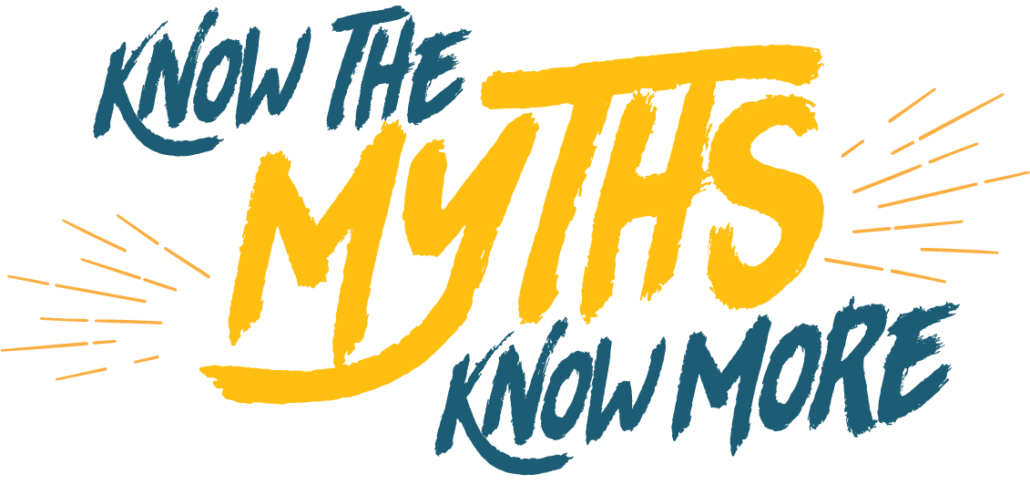
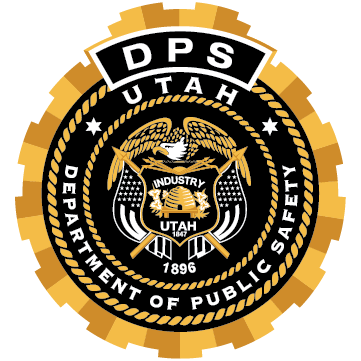
Our Partners
©Copyright – Utah Department of Public Safety
